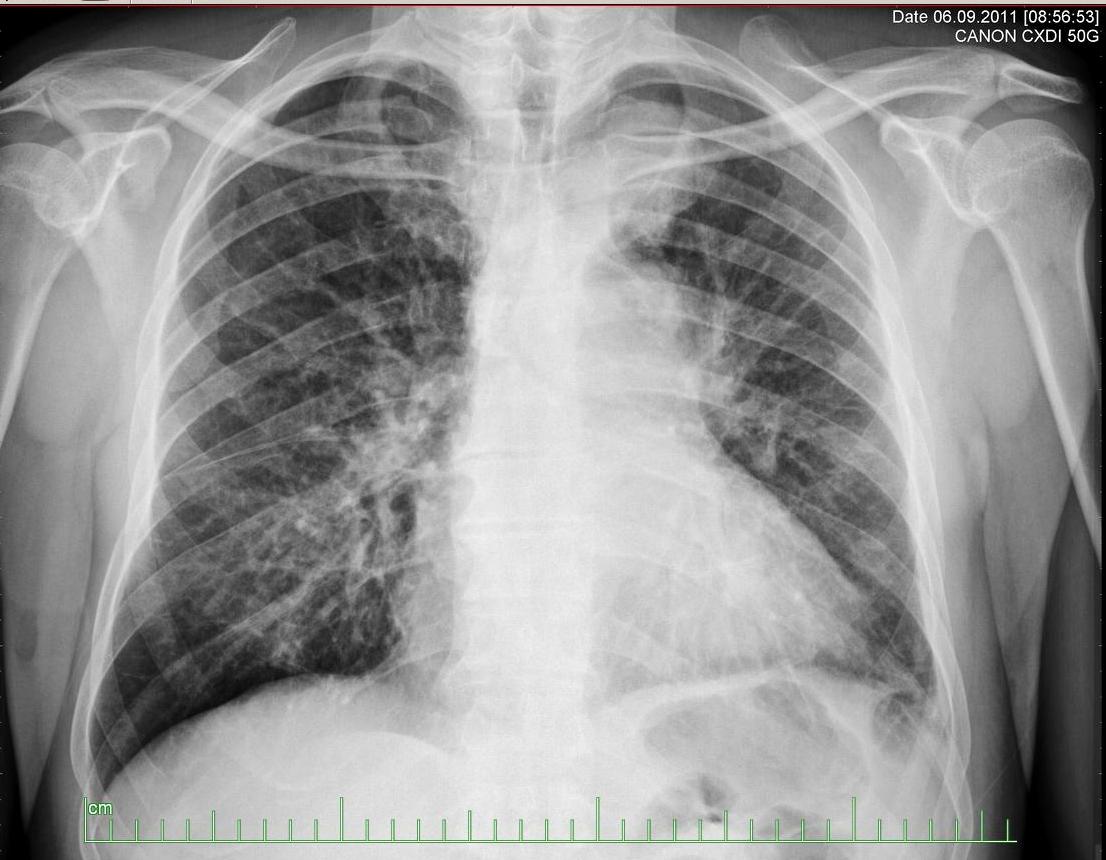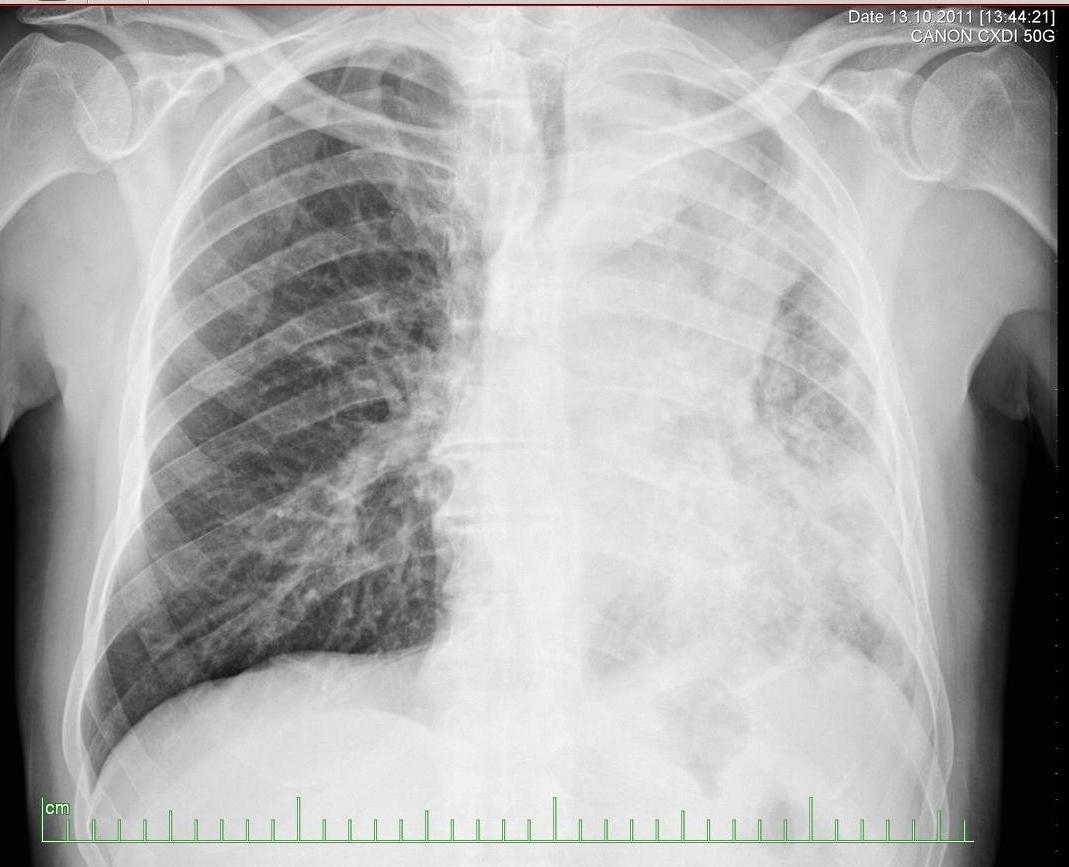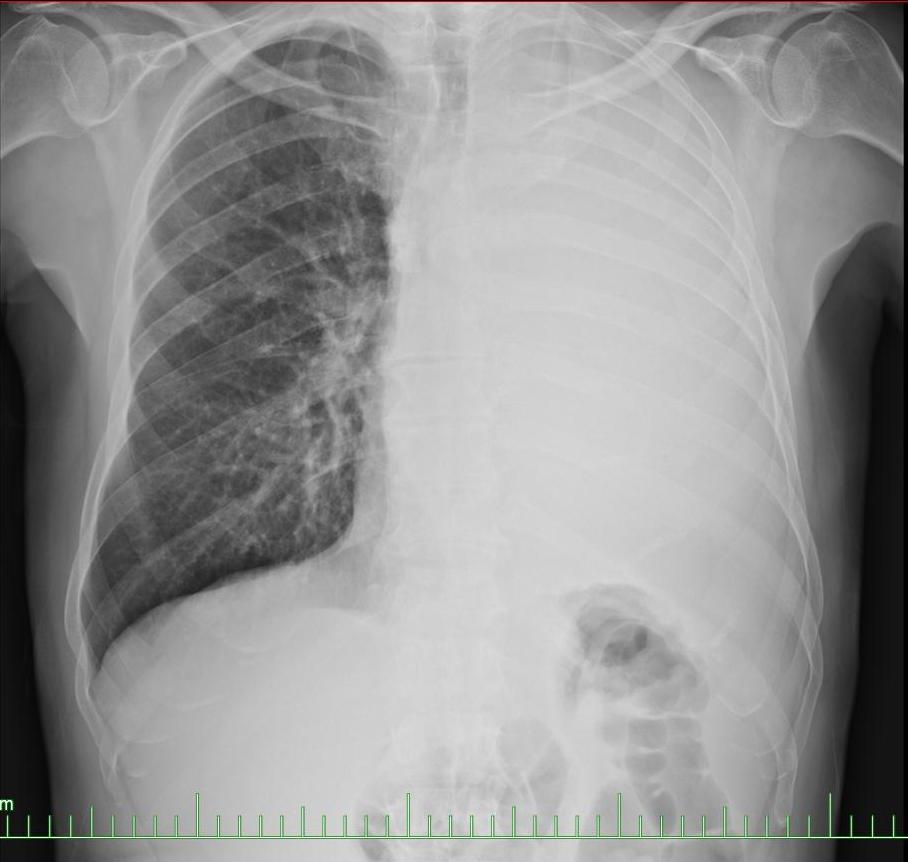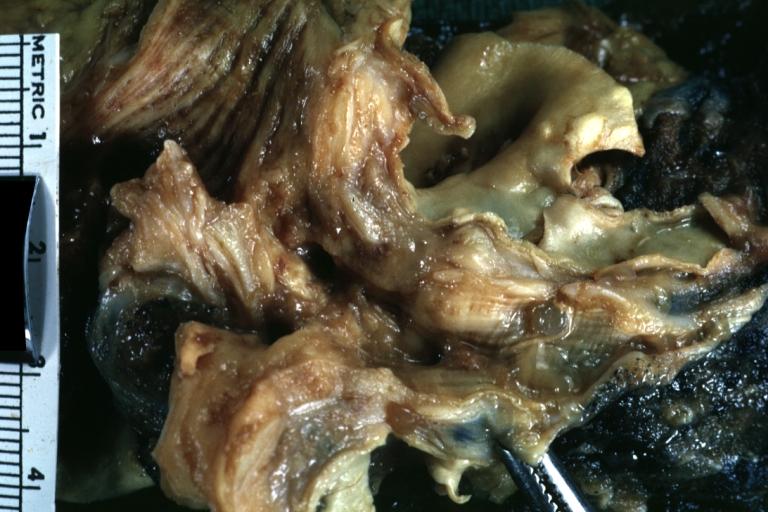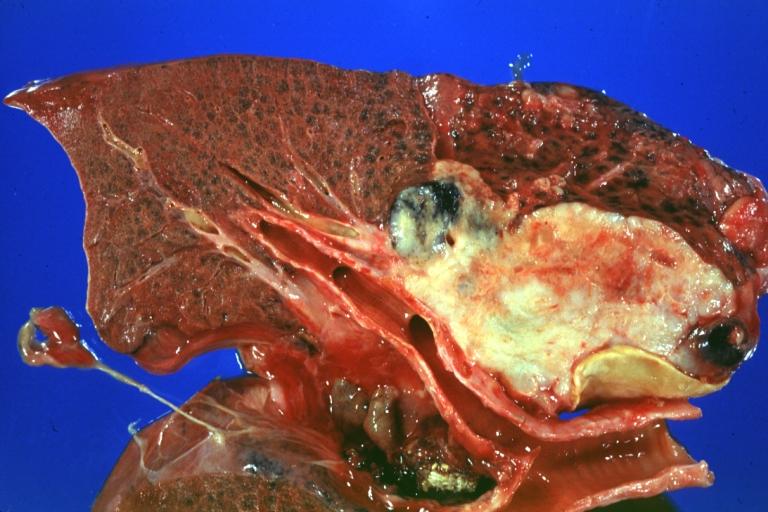Small cell lung cancer: Difference between revisions
No edit summary |
|||
| Line 14: | Line 14: | ||
MeshID = D018288 | | MeshID = D018288 | | ||
}} | }} | ||
{{ | {{Small cell carcinoma of the lung}} | ||
{{CMG}} | {{CMG}} | ||
'''''Synonyms and related keywords:''''' ''Oat Cell Carcinoma, Reserve Cell Carcinoma, Round Cell Carcinoma, Small Cell Lung Carcinoma, Small Cell Lung Cancer'' | '''''Synonyms and related keywords:''''' ''Oat Cell Carcinoma, Reserve Cell Carcinoma, Round Cell Carcinoma, Small Cell Lung Carcinoma, Small Cell Lung Cancer'' | ||
| Line 64: | Line 62: | ||
== References == | == References == | ||
* {{ | * {{Reflist|2}} | ||
== | ==Related Chapters== | ||
* [[Lung Cancer]] | * [[Lung Cancer]] | ||
| Line 74: | Line 72: | ||
<br> | <br> | ||
[[es:Cáncer de pulmón de células pequeñas]] | [[es:Cáncer de pulmón de células pequeñas]] | ||
Revision as of 16:08, 9 December 2011
For patient information click here
Template:DiseaseDisorder infobox
|
Small Cell Carcinoma of the Lung Microchapters |
|
Differentiating Small Cell Carcinoma of the Lung from other Diseases |
|---|
|
Diagnosis |
|
Treatment |
|
Case Studies |
|
Small cell lung cancer On the Web |
|
American Roentgen Ray Society Images of Small cell lung cancer |
|
Directions to Hospitals Treating Small cell carcinoma of the lung |
|
Risk calculators and risk factors for Small cell lung cancer |
Editor-In-Chief: C. Michael Gibson, M.S., M.D. [1]
Synonyms and related keywords: Oat Cell Carcinoma, Reserve Cell Carcinoma, Round Cell Carcinoma, Small Cell Lung Carcinoma, Small Cell Lung Cancer
Overview
Small cell carcinoma of the lung is an anaplastic, highly malignant, and usually bronchogenic carcinoma composed of small ovoid cells with scanty neoplasm. It is characterized by a dominant, deeply basophilic nucleus, and absent or indistinct nucleoli. There are admixtures of small cell lung carcinoma with other types of lung cancer. Small cell carcinomas are distinguished by their distinctive biological features, response to chemotherapy and radiotherapy, and by their nearly universal tendency to develop overt or subclinical metastases, which frequently eliminates surgery in most patients.
Without treatment, small cell lung cancer (SCLC) has the most aggressive clinical course of any type of pulmonary tumor, with median survival from diagnosis of only 2 to 4 months. Compared with other cell types of lung cancer, SCLC has a greater tendency to be widely disseminated by the time of diagnosis but is much more responsive to chemotherapy and radiation therapy.
Because patients with small cell lung cancer tend to develop distant metastases, localized forms of treatment, such as surgical resection or radiation therapy, rarely produce long-term survival. With incorporation of current chemotherapy regimens into the treatment program, however, survival is unequivocally prolonged, with at least a 4- to 5-fold improvement in median survival compared with patients who are given no therapy. Furthermore, about 10% of the total population of patients remains free of disease during 2 years from the start of therapy, the time period during which most relapses occur. Even these patients, however, are at risk of dying from lung cancer (both small- and non-small cell types). The overall survival at 5 years is 5% to 10%.
Limited-stage disease
At the time of diagnosis, approximately 30% of patients with SCLC will have tumor confined to the hemithorax of origin, the mediastinum, or the supraclavicular lymph nodes. These patients are designated as having limited-stage disease, and most 2-year disease-free survivors come from this group. In limited-stage disease, median survival of 16 to 24 months with current forms of treatment can reasonably be expected. A small proportion of patients with limited-stage disease may benefit from surgery with or without adjuvant chemotherapy; these patients have an even better prognosis.
Extensive-stage disease
Patients with tumors that have spread beyond the supraclavicular areas are said to have extensive-stage disease and have a worse prognosis than patients with limited-stage disease. Median survival of 6 to 12 months is reported with currently available therapy, but long-term disease-free survival is rare.
Prognostic factors
The pretreatment prognostic factors that consistently predict for prolonged survival include good performance status, female gender, and limited-stage disease. Patients with involvement of the central nervous system or liver at the time of diagnosis have a significantly worse outcome. In general, patients who are confined to bed tolerate aggressive forms of treatment poorly, have increased morbidity, and rarely attain 2-year disease-free survival; however, patients with poor performance status can often derive significant palliative benefit and prolongation of survival from treatment.
Regardless of stage, the current prognosis for patients with SCLC is unsatisfactory even though considerable improvements in diagnosis and therapy have been made during the past 10 to 15 years.
Chest X-Ray
Images shown below are courtesy of Cafer Zorkun MD and copylefted
-
Chest x-ray: Small cell carcinoma of the lung. At the time of diagnosis.
-
Chest x-ray: Small cell carcinoma of the lung. Five weeks later.
-
Chest x-ray: Small cell carcinoma of the lung. Two months later.
Pathological Findings
-
Histopathologic image of oat cell carcinoma of the lung. Gross fixed tissue opened bronchus at hilum showing tumor close-up.
-
Lung: Carcinoma: Gross natural color good photo of left upper lobe neoplasm extending into mediastinal pleura and surrounding portion of aorta node metastasis easily seen small cell carcinoma (unusual spindle cell areas)
References
Related Chapters
External links
- Neuroimmunology - by Abid R Karim, Birmingham UK, at University of Birmingham Medical School
- Image at Tulane University
